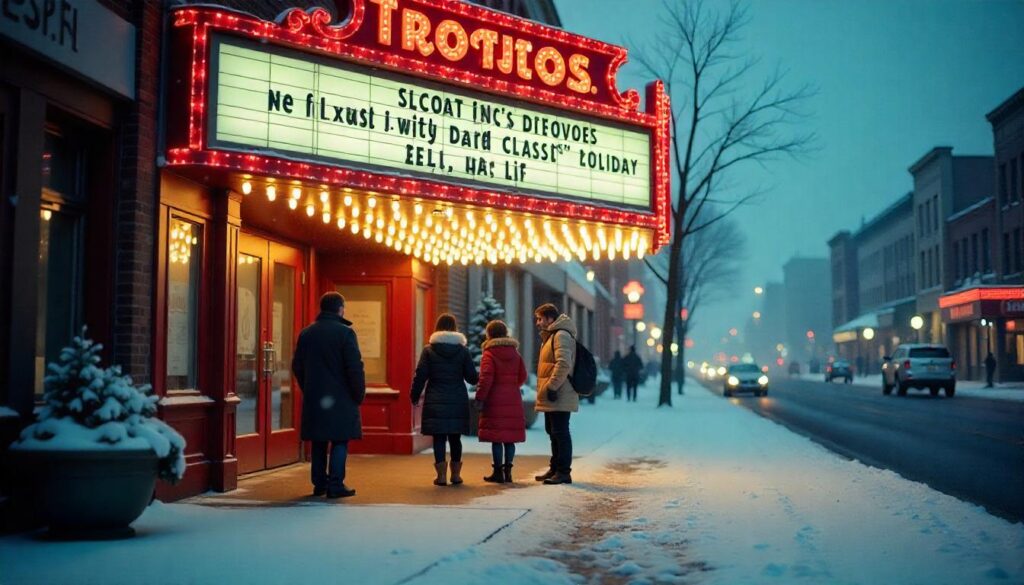Introduction
Movies have always been a powerful medium to tell stories, evoke emotions, and reflect the culture of their time. While today’s cinema dazzles us Retro Movies with cutting-edge technology and special effects, there is something uniquely captivating about retro movies — films made in earlier decades that still hold a special charm. These movies not only entertain but also offer a glimpse into the past, showcasing different styles of filmmaking and storytelling that shaped the film industry as we know it. Whether it’s the black-and-white classics or the colorful and vibrant films of the 70s and 80s, retro movies continue to enchant audiences with their timeless appeal.
Retro movies hold a special place in the hearts of film lovers across generations. They transport us back to an era where storytelling was driven by raw creativity, classic style, and timeless themes. From black-and-white classics to colorful gems of the 70s and 80s, retro movies offer a unique cinematic experience that modern films often struggle to replicate. This article explores what makes retro movies so enchanting, their impact on culture, and why they continue to captivate audiences today.
What Are Retro Movies?
Retro movies typically refer to films made in earlier decades, often ranging from the 1920s up to the 1980s or early 90s. These movies are characterized by distinct filmmaking styles, vintage aesthetics, and storytelling techniques that differ from today’s fast-paced, technology-driven cinema. Retro movies can include classic Hollywood productions, cult favorites, or lesser-known independent films that have stood the test of time.
The Unique Appeal of Retro Movies
One of the main reasons retro movies remain beloved is their authenticity. These films often showcase practical effects, handcrafted sets, and genuine performances by actors who relied more on talent and expression than on CGI or digital enhancements. The storytelling was typically more focused on character development, narrative depth, and meaningful dialogue, allowing viewers to connect on a deeper emotional level.
Retro movies also offer nostalgia — a sentimental longing for the past. For older generations, these films serve as a gateway to relive cherished memories of their youth or significant moments in history. For younger viewers, retro movies provide a fascinating glimpse into a world before smartphones, social media, and modern technology.
Iconic Retro Movie Genres
Several genres defined the retro movie era and continue to influence cinema today:
- Film Noir: Originating in the 1940s and 50s, film noir is known for its dark, moody atmosphere, complex antiheroes, and moral ambiguity. Movies like The Maltese Falcon and Double Indemnity set the standard for crime thrillers and detective stories.
- Musicals: Retro musicals like Singin’ in the Rain and The Sound of Music are celebrated for their catchy songs, elaborate dance numbers, and uplifting stories. These films were a bright, joyful contrast to the struggles of the era.
- Sci-Fi and Horror: The 50s and 60s saw a surge in science fiction and horror movies, often reflecting societal fears of the unknown or nuclear war. Classics like The Day the Earth Stood Still and Psycho still inspire filmmakers today.
- Coming-of-Age and Teen Films: The 70s and 80s brought memorable teen movies such as The Breakfast Club and Ferris Bueller’s Day Off, which captured the spirit and challenges of adolescence with humor and heart.
The Cultural Impact of Retro Movies
Retro movies didn’t just entertain; they shaped culture and influenced fashion, music, and social attitudes. For instance, the rebellious spirit of 1950s films like Rebel Without a Cause helped define youth culture and challenge traditional norms. Similarly, the disco craze of the late 70s was immortalized in movies like Saturday Night Fever, impacting dance and music trends worldwide.
These films also documented important historical moments, reflecting the social and political climates of their times. For example, movies from the Great Depression era often highlighted themes of survival and resilience, while post-war films explored existential questions and the pursuit of the American Dream.
Why Retro Movies Matter Today
In a world dominated by blockbuster franchises and digital effects, retro movies remind us of the power of simplicity and creativity. They encourage filmmakers and audiences to appreciate the artistry behind storytelling, acting, and filmmaking craft.
Moreover, retro movies provide important lessons in film history. Studying these classics helps aspiring directors, writers, and actors understand foundational techniques and narrative structures. They also highlight the evolution of cinema and how societal changes influence art.
Where to Watch Retro Movies
Thanks to streaming platforms, DVD collections, and revival theaters, retro movies are more accessible than ever. Services like Criterion Channel, Turner Classic Movies (TCM), and Netflix have curated selections that celebrate these classics. Film festivals dedicated to vintage cinema also provide opportunities to experience retro movies on the big screen.
Conclusion
Retro movies are more than just old films; they are timeless treasures that continue to inspire, entertain, and educate. Whether you’re drawn to the glamour of old Hollywood, the grit of film noir, or the charm of 80s teen comedies, retro movies offer a unique window into the past that enriches our present. By revisiting these classics, we keep their magic alive and ensure that the stories, styles, and spirit of earlier cinematic eras never fade away.


